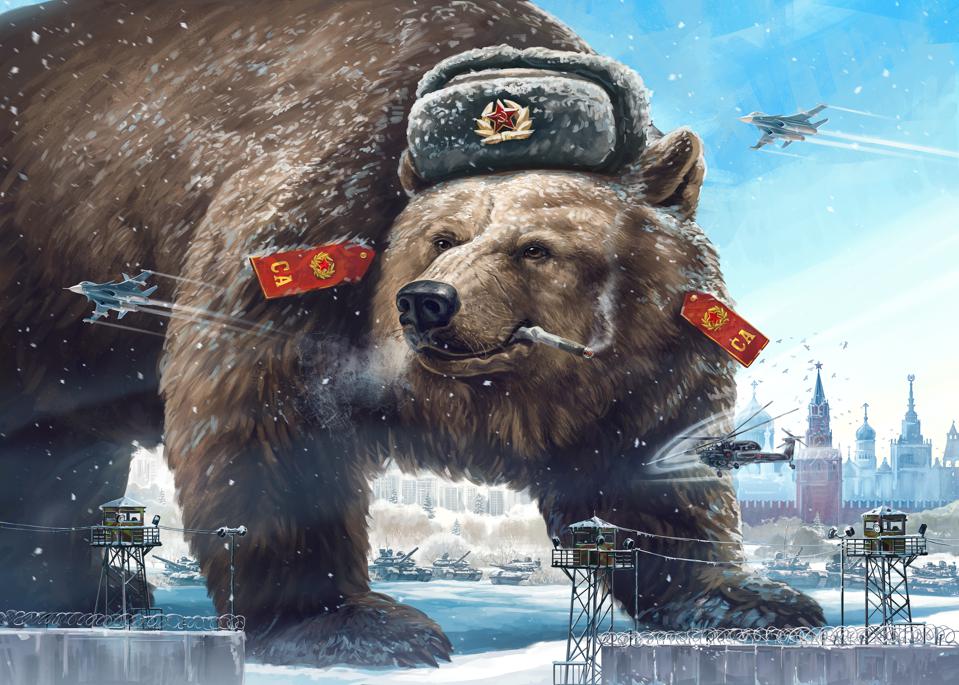 Kerby Anderson
Kerby Anderson
One symbol of Russia has been the Russian bear. Sometimes the image has been positive. The mascot of the 1980 Moscow Olympics was a bear cub called “Misha.” More frequently the Russian bear image has been used to describe Russia as “big and brutal.” The war in Ukraine has certainly reinforced the idea of brutality.
Consider this short list of brutal acts by the Russian military: the massacre in Bucha, airstrikes in various cities and ports, the use of cluster munitions near a preschool where civilians were sheltering, and the rape and impregnation of Ukrainian women as young as eleven.
No wonder commentators are using words like “brutal” and “sadistic” to describe the actions of the Russian military. One commentator went so far as to suggest that Putin will now be considered the most reckless and destructive European leader since Adolf Hitler.
Also of concern is the current morale of Putin and the Russian military. They have been losing on some battlefronts. A humiliated Russia could be a desperate Russia, and that may be why we keep hearing threats about using nuclear weapons.
Russia has lost more than 3,000 pieces of large equipment in battle. It will take months (perhaps a year) to replace that equipment. Although some of that equipment can be replaced, the more than 15,000 trained Russian soldiers killed in battle cannot be as easily replaced.
If the situation on the ground gets worse, Putin has less to lose by pursuing a more aggressive option, often described as “escalate to deescalate.” One military expert called it one part of Russia’s nuclear toolbox.
We need to pray that our leaders see the Russian bear for what it is and make thoughtful and careful decisions considering the current circumstances.
 Listen Online
Listen Online Watch Online
Watch Online Find a Station in Your Area
Find a Station in Your Area










 Listen Now
Listen Now Watch Online
Watch Online
